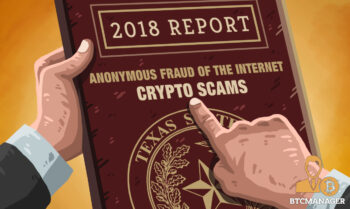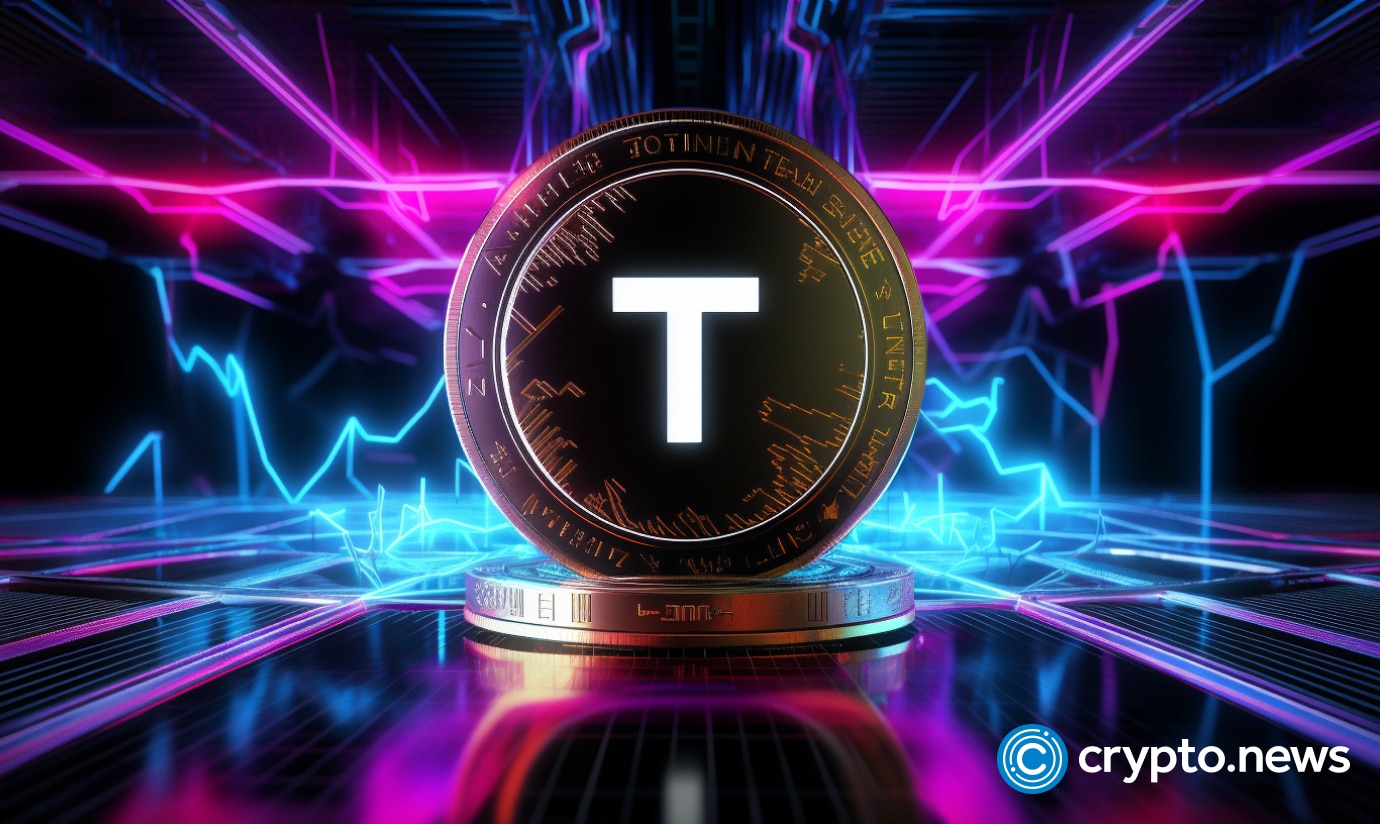2019-10-30 17:11 |
In the wake of the 2008 Global Financial Crisis, the G20 established the Financial Stability Board (FSB) with the objective to propose initiatives to “build a more resilient financial system, addressing the fault lines that caused the global financial crisis.”
The FSB has now identified one such fault line: stablecoins. In a letter dated October 13, at the behest of the G7, the FSB has begun examining the possible impact of stablecoins on global financial stability. Namely, it is currently “…examining the regulatory issues raised by stablecoins that have the potential to reach global scale, taking into account the perspective of emerging markets and developing economies.”
Global Scalability a Sticking PointThe issues identified by the G7 and the FSB range from data privacy and protection, AML/CFT and KYC compliance, and tax evasion. While these have always been the usual suspects surrounding resistance to cryptocurrencies, the concerns appear among senior regulatory leadership to be honing in on stablecoins specifically.
What the Financial Stability Board appears to be concerned about is the cross-border capabilities of stablecoins. “Stablecoin projects of potentially global reach and magnitude must meet the highest regulatory standards and be subject to prudential supervision and oversight.” the letter asserts. “The FSB is assessing how the existing regulatory framework applies to ‘global stablecoins’ and whether any regulatory gaps need to be filled.”
The FSB, without being explicit about it, is concerned with Facebook’s Libra project. The Libra Association has now lost PayPal, MasterCard, Visa, Stripe, eBay, Mercado Pago, and Booking. While its head David Marcus conducted a reassurance meeting on October 14 in Geneva with the remaining 21 members of the association, the project is plainly flagging in the wake of perceived regulatory jitters.
Has the Financial Stability Board Missed the Boat?The greenback is the proxy global currency. According to the International Monetary Fund, the U.S. dollar accounts for 61 percent of all known central bank foreign currency reserves. A distant second is the Euro at around 20 percent.
The USD is an official or unofficial currency in active use in a number of countries outside the United States, mainly in Latin America and former Soviet republics. In fact, 65 percent of all dollars sit outside American shores. One-third of global GDP is generated in countries that peg their currencies to the dollar, and it dominates global Forex markets, representing around 90 percent of trades.
Surely, then, a digital representation of the U.S. dollar is a greater threat and more scalable than Libra. Tether, USDT, has a market cap of over $4 billion and is the fourth-largest cryptocurrency by that measure, according to Coinmarketcap.
It also has a long history of controversy. Professor John Griffith and graduate student Amin Shams at the University of Texas at Austin found a correlation between the printing of USDT and bitcoin prices, suggesting manipulation.
Tether has consistently dodged audits, and even finally admitted in March that its USDT digital assets were not actually backed by USD reserves in its bank accounts (at least not all the time). Despite a number of competitors, Tether remains the dominant stablecoin. Its continued presence in the ecosystem poses a remains a possible threat to the cryptocurrency market, if not global economic stability.
So while Facebook’s struggling Libra could potentially pose systemic risks to the global financial system, one of the largest cryptocurrencies pegged to the de-facto global currency would surely be an even greater threat, especially given Tether’s history.
Like Rain on Your Wedding DayThe irony with the FSB’s letter is that G20 leaders recognized in the Osaka Declaration that “crypto-assets do not pose a threat to global financial stability at this point, but that they remain vigilant to existing and emerging risks.” Globally scalable stablecoins have now taken center stage in the theater of G20 concerns because of their scalability and their potential to substitute domestic currencies.
None of the existing cryptocurrencies are fundamentally unable to scale to replace domestic currencies (with the possible exception of el Petro). Furthermore, if the FSB has its eyes primarily on stability, why are the non-pegged, volatile coins not on its radar?
If cross-border cooperation and internationally agreed upon standards are important to the G20, according to the letter, surely they’d be able to hold more sway over an eagerly compliant upstart in Libra than a scrutiny-shy digital version of the world’s by-proxy global currency.
The Financial Stability Board has its eyes on the wrong prize. Libra-wariness is warranted, but the social media juggernaut’s flailing project does not absolve the regulatory and legal scrutiny that the likes of Tether’s USDT deserve.
The post Tether Lurks In The Shadows As Financial Stability Board Is Blinded By Libra appeared first on Crypto Briefing.
origin »Formosa Financial (FMF) на Currencies.ru
|
|






















